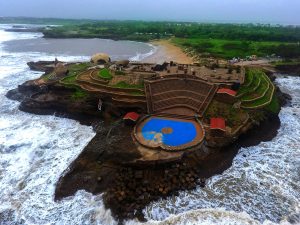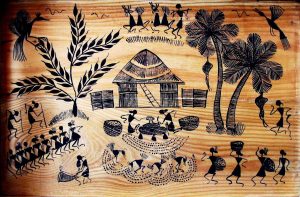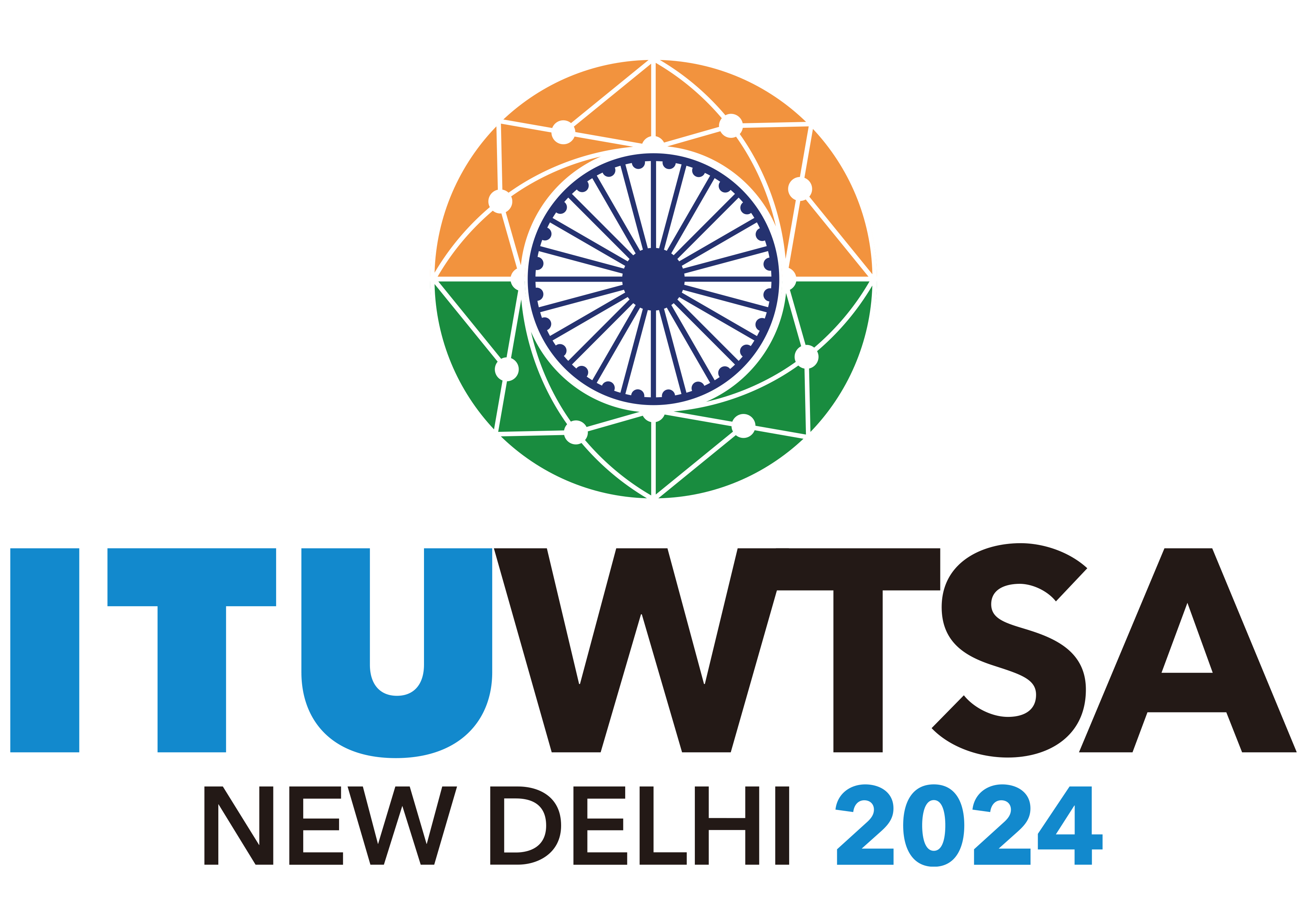History of Diu
The documented history of the District of Diu begins with the Maurya rule (c.322-220 B.C). Emperor Chandragupta Maurya had extended his supremacy over Saurashtra and had appointed Pushagupta as Governor of the province of Saurashtra with the Head-quarters in village Girnar near Junagadh. Yavanaraj Tushappa ruled over Saurashtra as Governor of Emperor Ashoka (c.273-237 B.C.). Emperor Ashoka had sent Yavana Thero named Dhammarakhito as an evangelist to the western seaboard including Diu. His grandson Samprati (c.229-220 B.C.) seems to have ruled over Saurashtra from Ujjain. He propagated Jainism and erected many Jain Temples. The Jain traditions from Diu seem to belong to this period.
The District seems to be under the rule of Indo-Greek kings Eukratides (c.171- 150 B.C. ), Meanandar (c.115 to 90 B.C.) and Appollodotes II of the 1st Century B.C. No historical information is available for the period of 150 years from the 1st Century B.C. to about A.D. 50. During the A.D. 1st Century, the district seems to have been ruled by Kshaharatas who had established their rule over the western part of India including Saurashtra. For more than the next thousand years, Diu formed part of the kingdoms of dynasties that ruled over western India including Gujarat.
The last king of the Vaja dynasty ruler of Somnath Patan ruled over Diu in the first decade of the fifteenth century. Thereafter, Diu came under the control of the Muslims Sultans of Gujarat who seems to have ruled Diu for the next one and a half centuries. Early in 1535, the Portuguese Governor De Cunha had led his expedition for the capture of the town in Diu but was defeated by the Sultan. However, around that period, the Gujarat Sultan Bahadur Shah‟s kingdom was overwhelmed by Mughal invasion. Pressed by Mughal king Humayun on one side and the Portuguese at the gates of Diu, Bahadur Shah entered into a treaty with Nuno da Cunha on October 25, 1535, who agreed to assist Bahadur Shah against his enemy by land and sea. In turn, he received permission to construct a fortress at Diu and a site was granted for this purpose in the harbour. After the Mughal danger was receded, the Shah of Gujarat realized his mistake in allowing the Portuguese to construct the fort. Finally, Diu was conquered by the Portuguese in 1546 who ruled there till 1961. Liberated on 19th December 1961 from Portuguese; became a part of the U.T. of Goa, Daman and Diu under Government of India. After Statehood of Goa on 30th May 1987, Daman and Diu became a separate U.T.
The town of Diu was an important port of trade routes of the Arabian sea of Indian Ocean.
Due to its strategic importance, there was a Battle of Diu in 1509 between Portugal and a combined force of Turkey, Egypt, Venice, the Republic of Ragusa (now known as Dubrovnik) and the Sultan of Gujarat, Mahmud Begada. In 1513, the Portuguese tried to establish an outpost there, but negotiations were unsuccessful. There were failed attempts by Diogo Lopes de Sequeira in 1521, Nuno da Cunha in 1523
In 1535 Bahadur Shah, the Sultan of Gujarat concluded a defensive alliance with the Portuguese against the Mughal emperor Humayun and allowed the Portuguese to construct the Diu Fort and maintain a garrison on the island. The alliance quickly unravelled, and attempts by the Sultans to oust the Portuguese from Diu between 1537 and 1546 failed.
Diu was so fortified so that it could withstand the later attacks of the Arabs of Muscat and the Dutch in the late 17th century. From the 18th century, Diu declined in strategic importance, due to the development of Bombay.
Diu remained in the possession of the Portuguese from 1535 until 1961, when it was liberated under Operation Vijay. The island was occupied by the Indian military on 19 December 1961. The Battle of Diu involved overwhelming land, sea and airstrikes on the enclave for 48 hours until the Portuguese garrison there surrendered. It was declared union territory of India, Goa, Daman, and Diu. Goa separated as a state in 1987 thus it became a part of the Union Territory of Daman and Diu.





